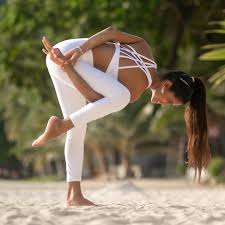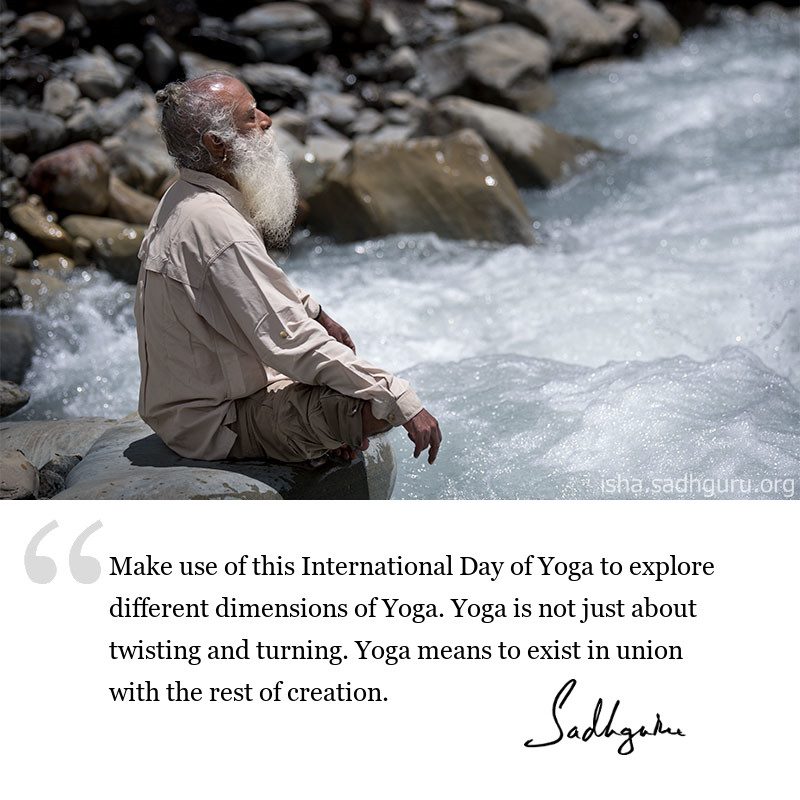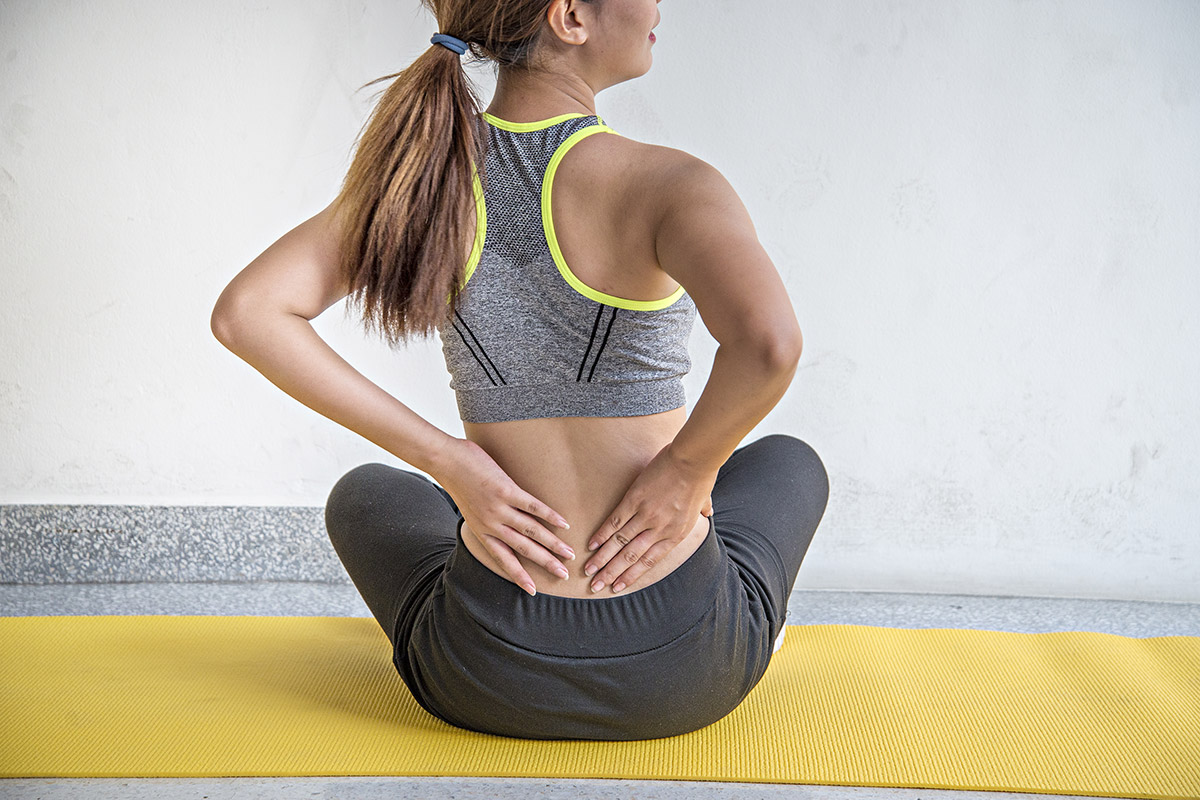
Standing leg raise is a basic pose for beginners. Standing at hip-width, stand with your feet wide apart. Then extend your arms to the sides. Reach your other hand toward the sky, looking upward at your fingertips. Both hands should be shoulder-width apart. This pose benefits your back, thighs and hamstrings. It also strengthens your core and tones your legs. Before you can perform this pose properly, you should practice it for six to eight more times.
The staff position is a seated variation of the mountain pose. This helps beginners learn how to align their bodies for the seated poses. You will need to lift your chest and engage your legs in order to perform this asana. This will allow you to relax your shoulders, which will lead to a gentle bend in your knee. You can modify your position by placing a prop above your knees.
A great way to finish a yoga class is the downward-facing dog pose. If you are just beginning, this pose can be a great place for you to start. You should keep your hips elevated and extend your heels towards the floor. You don't need to touch the floor, but it does stretch the outer hips. For a more comfortable experience, bend your knees so your hips remain parallel.

The corpse poses is a great choice for transition poses. Although it is difficult for beginners to get your body to remain still, it will become easier over time. If you want to get the most of your practice, take your time and spend a few moments each day reviewing your posture. Regular practice will bring you both mental and physical benefits. A daily practice of yoga can bring you immense benefits.
The triangle pose is one of the most popular poses for beginners. It strengthens your chest, hamstrings and improves your posture. It's an ideal starting point to any beginner's yoga practice. Seated Spinal Twist: This is another popular beginner yoga pose. This stretch strengthens your legs and lower back. It is also an excellent way to increase strength in your back.
The twist pose can be a great introduction to twists in yoga. The twists increase the length of the bottom leg and reduce back tension. This pose can be challenging if you have back pain. However, it will strengthen your legs and build your back. This is a great exercise for beginners. Try the child's pose to help you get started if you don't know where to start. Once you know how to pose the cat, you will be able move it in any position.
The forward bend is an excellent pose for beginners. It's a full-body stretch that strengthens the hamstrings as well as the calves. You should concentrate on the bridge pose, which is a beginner yoga pose, during your yoga session. It will increase your balance and flexibility. If you don't know much about yoga, it can be difficult to do this pose. But, with the help of a teacher, you will gain the confidence to perform this pose.

The child's pose is an important pose for beginners. It will help you get a good base of strength and improve your body positioning. Many of the beginner yoga poses can be combined. To build on the foundational poses, it is essential that you start with them. Keep practicing! These aren't the only poses that beginners should try. You can modify them to your liking.
The downward dog is a popular pose for beginners in yoga. The purpose of this posture is to strengthen the back. Stretching your thighs, shoulders and chest will make this position easier. Next, bend your arms at the sides and let go. It's important to stay in the pose for at least thirty seconds. To improve your movement, you can try different versions of the pose. You can then practice the beginner poses until mastery.
FAQ
How many calories should I consume daily?
It varies from one person to another. On average, between 2000 and 2500 calories a day. The factors that determine how many calories are needed for you include your gender, age, height, activity level, lifestyle, and gender.
Is Cardio Better Than Strength Training?
Both are equally beneficial. However, cardio is more effective if you're looking to bulk up faster.
Cardio burns more calories in a minute than strength training and more fat.
Strength training increases muscle mass but takes more time than cardio.
Do Men Need A Gym Membership?
A gym membership is not necessary for men. If you sign up for a gym, however, your money will be much more valuable.
Many gyms offer free trials that let you try the facilities before you pay any fees.
You can use the gym whenever you like, and it won't cost anything. Your membership can be cancelled at any time you choose to love it or not.
How do you lose weight?
Losing weight can be difficult. Many people give in to temptation because they don't know how to proceed.
But there are steps you can follow to shed extra pounds.
First, make sure you eat less calories than you burn. If you are eating more than you are burning, then you are going to gain weight.
The second is to get regular exercise in order burn those calories. You can choose from different types of exercises, including jogging, walking, cycling, dancing, etc.
Third, stop smoking and drinking alcohol. These habits cause you to consume more calories than you would otherwise.
Fourth, reduce your intake of fatty and processed foods. You can replace these unhealthy foods with healthier choices like fruits, vegetables, lean proteins, whole grains and nuts, seeds and beans, as well as other healthy options such a legume, fruit, vegetable, legumes, whole grain, nuts, seeds, and beans.
Fifth, change your lifestyle. For example, you may need to get up early every morning to exercise before work.
Sixth: You must be disciplined, and you must follow your diet plan.
You can also burn excess calories by joining a gym, or taking an aerobics course.
By following these simple tips, you will soon begin to notice results.
What does milk do to men?
The next time you buy milk, think about what else you could use it for. You may also benefit from consuming less coffee.
Both children and adults have been shown to benefit from milk. Milk contains nutrients like vitamin D. Calcium, potassium, phosphorous, magnesium, and other essential nutrients.
It also aids digestion, improves bone strength, and promotes weight gain. The immune system is stronger and there are fewer illnesses in adults who consume dairy products.
Also, milk is rich in lactose so people who can't digest this sugar well can still reap the benefits of it without any stomach issues.
Consider drinking more milk, instead of sodas or juices. Drinking milk with more calcium and vitamin A can help to strengthen your teeth.
If you don't like the taste of milk, you can always make your yogurt using plain low-fat milk. Yogurt is an excellent alternative to milk because it is lower in calories, and contains more protein.
Yogurt also includes probiotics. These help in digestion and improve immunity.
A glass of warm milk is a great way to get a good night's sleep if you're having trouble getting to sleep. Warm milk relaxes muscles and increases serotonin levels, helping you get a good night's rest.
Do I have to exercise every single day?
No! Get at least 30 minutes of moderate-intensity physical activity 5 days a week. It means you need to exercise hard enough or walk fast enough that you are slightly out-of- breath.
What does butter do to men?
Butter is one source of saturated fats. This fat is good for hair and skin health, as well as stronger bones.
Butter also contains vitamin K, which prevents bleeding from cuts and bruises. Vitamin K works together with vitamin C to prevent bruising.
Butter is also rich mineral, including calcium and phosphorous. These elements help to build stronger bones and teeth.
Butter is not without its flaws. Butter is high in cholesterol. Research has shown that high levels of cholesterol could increase your chances of developing cardiovascular disease.
Butter also contains high amounts of saturated fat, which contributes to obesity and increases cholesterol.
But if butter is a must, you can spread it on bread and not dip it in soups or salads. Bread absorbs oil more than pasta or potatoes.
Statistics
- An estimated calorie range for moderately active adult males falls between 2,200 to 2,800 calories per day, depending on age. (eatright.org)
- By John Thompson Take a whopping 38% off a set of PowerBlock Pros. (menshealth.com)
- The PRS enabled risk stratification for overall prostate cancer and lethal disease with a four-fold difference between men in the highest and lowest quartiles (HR, 4.32; 95% confidence interval [CI], 3.16-5.89). (pubmed.ncbi.nlm.nih.gov)
- Cardmembers earn 5% Back at Amazon.com with a Prime Credit Card. (amazon.com)
- According to the American Academy of Dermatology (AAD), men over 50 are at a heightened risk of developing it. (healthline.com)
External Links
How To
How do I lose weight while working out?
Exercise burns calories by increasing metabolism and oxygen consumption.
Exercise at a moderate intensity to safely lose weight.
These tips can help you to burn fat while training:
-
Cardio exercises include swimming, running or cycling.
-
Exercise for 30 minutes three times per week.
-
If you want to lose more weight, add strength training to your routine.
-
Avoid intense exercise. You can build muscle and not break down muscle tissue.
-
When exercising, make sure to drink lots of water. Water is essential for flushing out toxins and keeping your body hydrated.
-
After working out, drink low-fat protein shakes. Protein shakes are great for your muscles and energy.
-
Smaller meals are better for you.
-
Don't skip breakfast! You can feel tired and slow if you skip breakfast.
-
Take care of your mental health. Stressful situations can slow your metabolism.
-
Keep a positive attitude. Studies show that people who believe they are overweight gain more weight then those who think they are attractive.
-
Get enough rest. Insufficient sleep can make it more difficult to lose weight.
-
Stay active. Move around at least once an hour.
-
Maintain a healthy diet. Eat right to feel satisfied and full for longer.
-
Find ways to relax. A tense mind doesn't allow your body to release stress hormones that break down muscle tissue.
A balanced diet provides all the nutrients necessary for growth and development.
Eat six small meals each day instead of three large ones. This gives your body more time to digest the food you eat.
Calcium is required to support strong bones. Calcium can be found as a dairy product such as milk, yogurt and fortified soy drinks, orange juices, cereals, breads, and cereals.
Calcium is found in leafy green vegetables and beans, tofu as well as nuts, seeds, cheese, and seeds.
Vitamin D is required for calcium absorption. Vitamin D can be found in egg yolk, fatty fish, and other fortified foods.
Vitamin E is crucial for skin health. Vitamin E can be found in vegetable oils as well as wheat germ oil, peanuts and almonds.
Your body requires zinc for normal immune function and wound healing. Zinc is found in oysters, legumes, meats, whole grains, and seafood.
Zinc deficiencies can lead to fatigue, decreased appetite, depression, and reduced immunity.
Insulin resistance is caused by eating too much sugar, which can increase blood glucose levels. Insulin resistance leads to weight gain.
Insulin resistance develops when there are high levels of free radicals in the bloodstream. Free radicals are molecules containing unpaired electrons which cause damage to cells membranes.
Free radicals come mainly from food additives, pesticides, herbicides, preservatives, smoking, air pollution, radiation, chemicals in cosmetics, lotions, and household cleaning supplies.
Free radicals can lead to cancer and heart disease, diabetes mellitus, arthritis, asthma, and premature aging.
A well-balanced diet rich in antioxidants is the best way for you to avoid free radical damage. Antioxidants protect against oxidative damage.
Vitamin C can be found in citrus fruits. Beta carotene can be found in carrots. Sweet potatoes. Tomatoes. Carrots. Sweet potatoes. Spinach. Broccoli. Cantaloupe. Vitamin E is found in nuts. Olive oil, avocados.
Other antioxidant nutrients include selenium, copper, manganese, and zinc.
Selenium helps to protect cells against free radicals and oxidative stress. Selenium is also found in Brazil nuts.
Copper protects the eyes, brain, lungs, liver, and red blood cells. Copper is found in shellfish, poultry, meat, and organ meats.
Manganese is essential for bone structure. Manganese can be found in brown rice and spinach as well as bananas, prunes raisins, oatmeal, lentils, and oatmeal.
Zinc is necessary for average growth, reproduction, and wound healing. Zn can be found in lean cuts, white fish, poultry, eggs, and other foods.